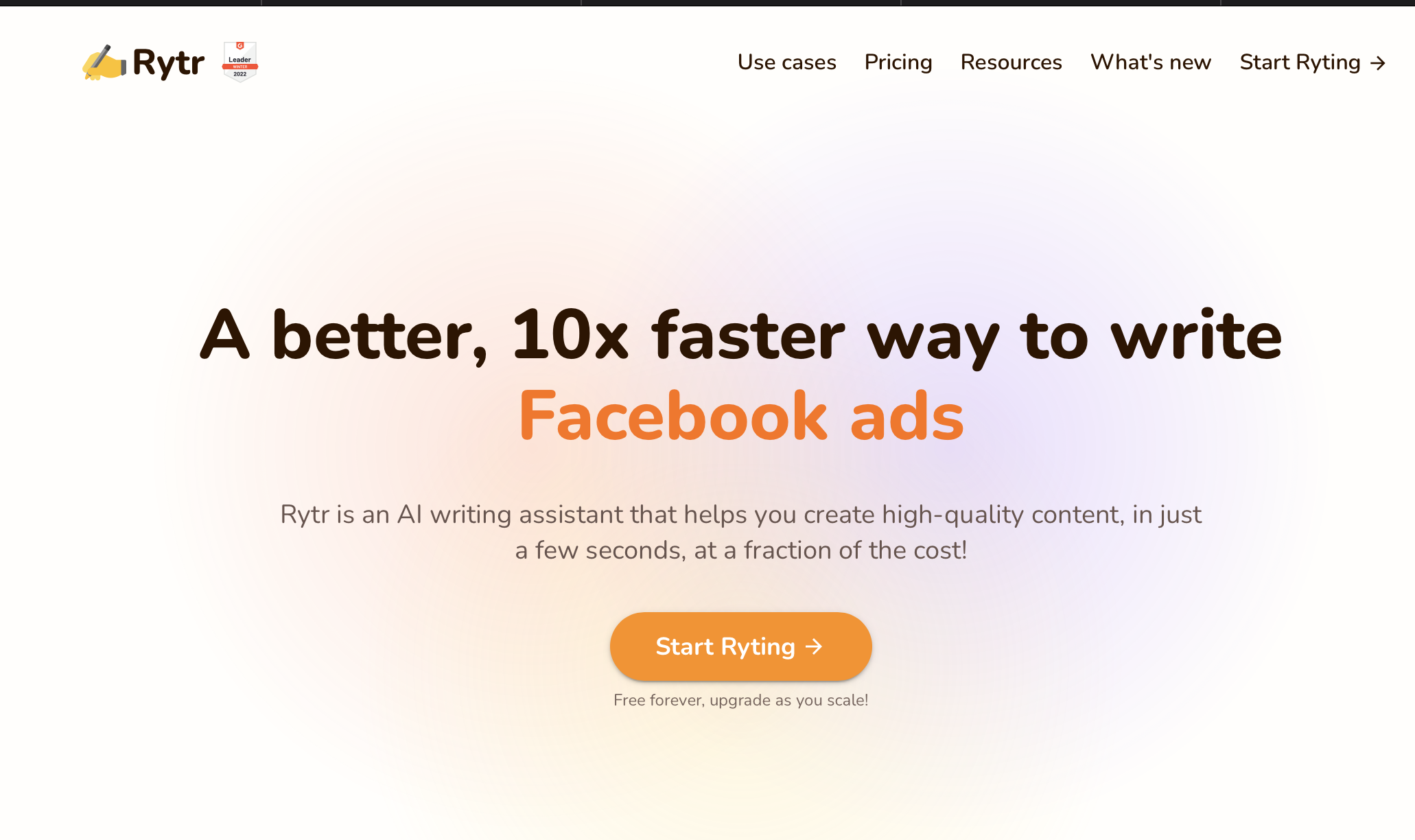Category: Series 1: The body and AI
-
screen recording of if the archive can’t consent event Jan 2023
Video recording of the presentation by Kate Elswit and Harmony Bench as part of the C-DaRE Invites… The Body and AI series – cdareinvites.coventry.ac.uk/the-body-and-ai/ You can view the event page here cdareinvites.coventry.ac.uk/the-body-and-ai/if-the-archive-cant-consent/.
-

and also the performance
Apparently, the singer Nick Cave has been sent dozens of songs generated by chatGPT “in the style of Nick Cave”. He’s not impressed: This song sucks. What ChatGPT is, in this instance, is replication as travesty. ChatGPT may be able to write a speech or an essay or a sermon or an obituary but it…
-

have you been trained?
The website Have I Been Trained? enables artists and photographers to find out if their images have been used to train “popular AI art models”. It’s loosely based on the old Have I been Pwned? site. The opt-out function for Stable Diffusion V3 hints at one broader ethical question of AI training: should AI generators…
-

Galloway’s three observations on AI saturation
Media academic Alexander R. Galloway wrote a blog post recently called Normal Science. I’ll summarise Galloway’s three observations derived from what he calls the ‘categorical saturation’ of AI; that is: Let’s assume that every undergraduate essay is written by ChatGPT, that every programmer uses Copilot to auto-generate code, that every designer uses Stable Diffusion for storyboarding and…
-

revealing human distinction
Here’s Zohar Atkins (rabbi, scholar, poet, etc) from his Substack What is called thinking?, and a post called In the mouths of bots: technological breakthroughs in AI do not endanger our humanity so much as they reveal our distinction. Show me an AI that seeks recognition, that possesses thymos, that desires, and then we’ll talk.…
-

AI writes about itself
I tried out an AI writing generator – called Rytr – to write a blot post about AI, the arts and creativity. I selected the following inputs: Here are the two variants: AI will not be able to create art on its own. It can only create art that is in line with what the human…
-

AI-generated art
There’s been a lot of recent coverage of AI generated art in the last weeks. Here is some of that coverage that caught my eye. Tech writer Ben Thompson has written a detailed overview of the changing nature of economics and work in The AI unbundling. He describes the idea propagation value chain in which…
-
screen recording of Encoding Embodied Creativity symposium
This is the screen recording of the Encoding Embodied Creativity symposium curated by Daniel Bisig as part of C-DaRE invites… Chapter markers: Introduction: 00:00:00 Daniel Bisig: 00:03:48 Gilles Jobin: 00:07:58 Pablo Palacio and Muriel Romero: 00:38:57 Ruth Gibson: 01:18:06 Anton Koch: 01:54:29 Anna Pakes: 02:24:27 Fumiya Iida: 03:06:43 General Discussion: 03:35:49
-
Daniel Bisig – generative art and machine learning
In this talk from 1 July 2020, C-DaRE’s Marie Curie Fellow Daniel Bisig introduces the early planning for his fellowship on developing machine learning models in art making. Daniel curated and presented a symposium at the end of his fellowship called Encoding Embodied Creativity (7 September 2022).
-
GAP_E(thics): video document
Video record of conversation held online and at C-DaRE exploring technology and ethics. You can view the session’s C-DaRE invites page at cdareinvites.coventry.ac.uk/the-body-and-ai/gap_ethics/.